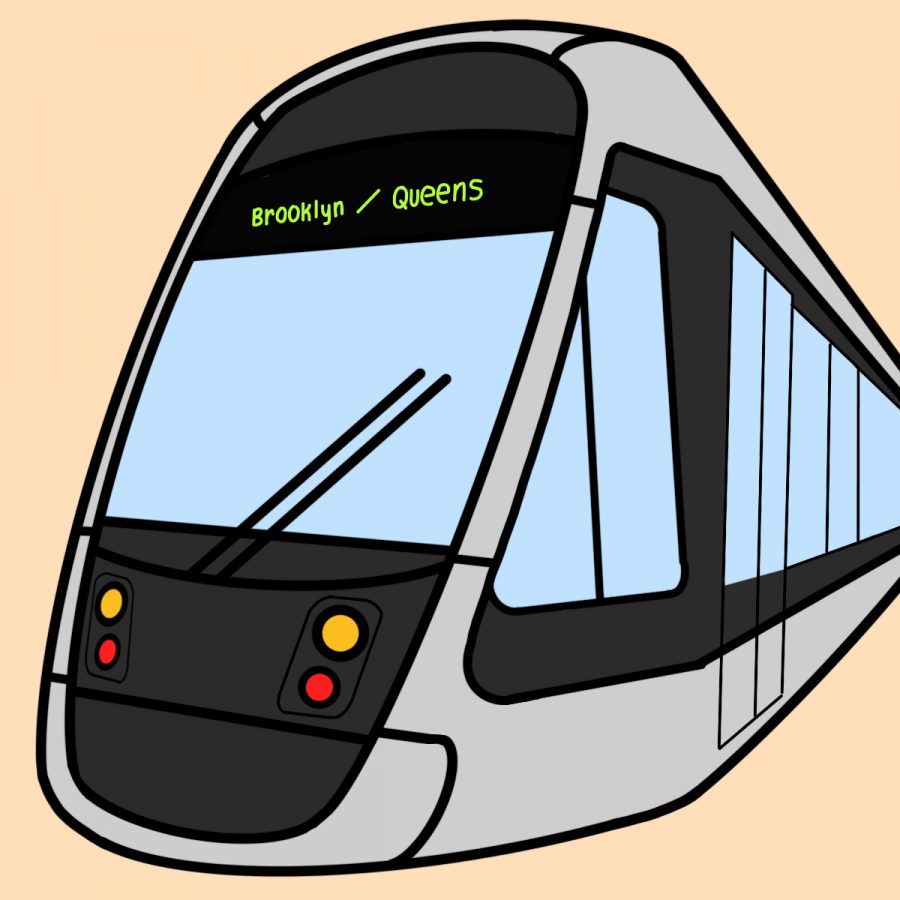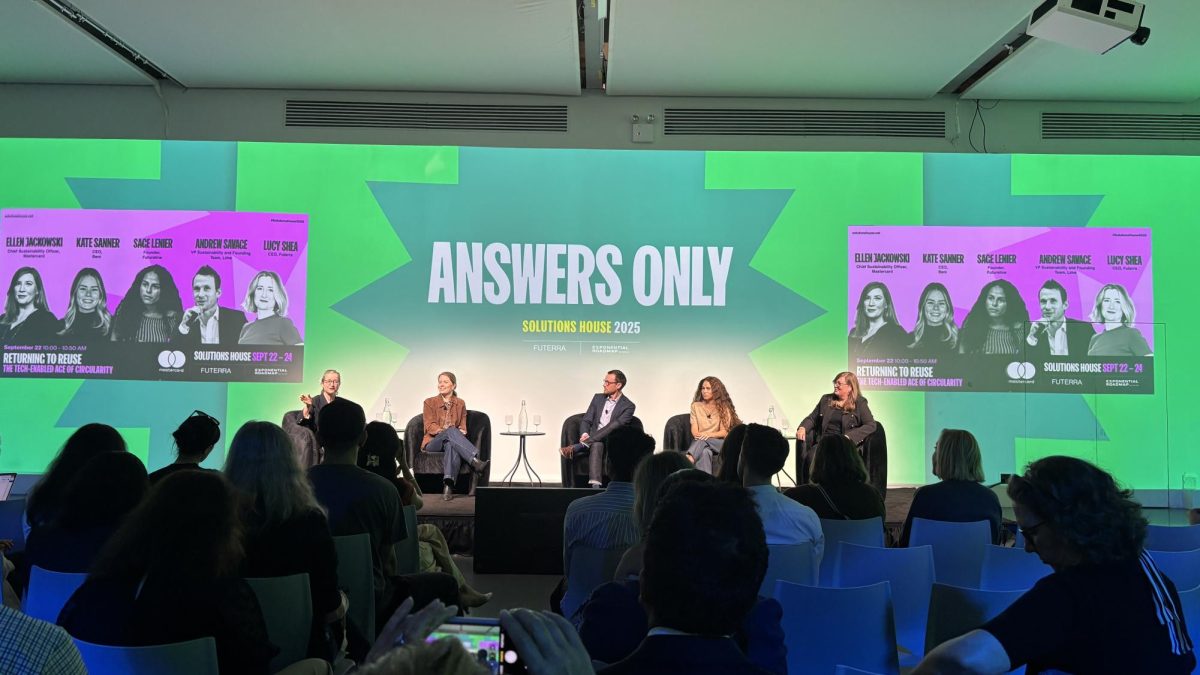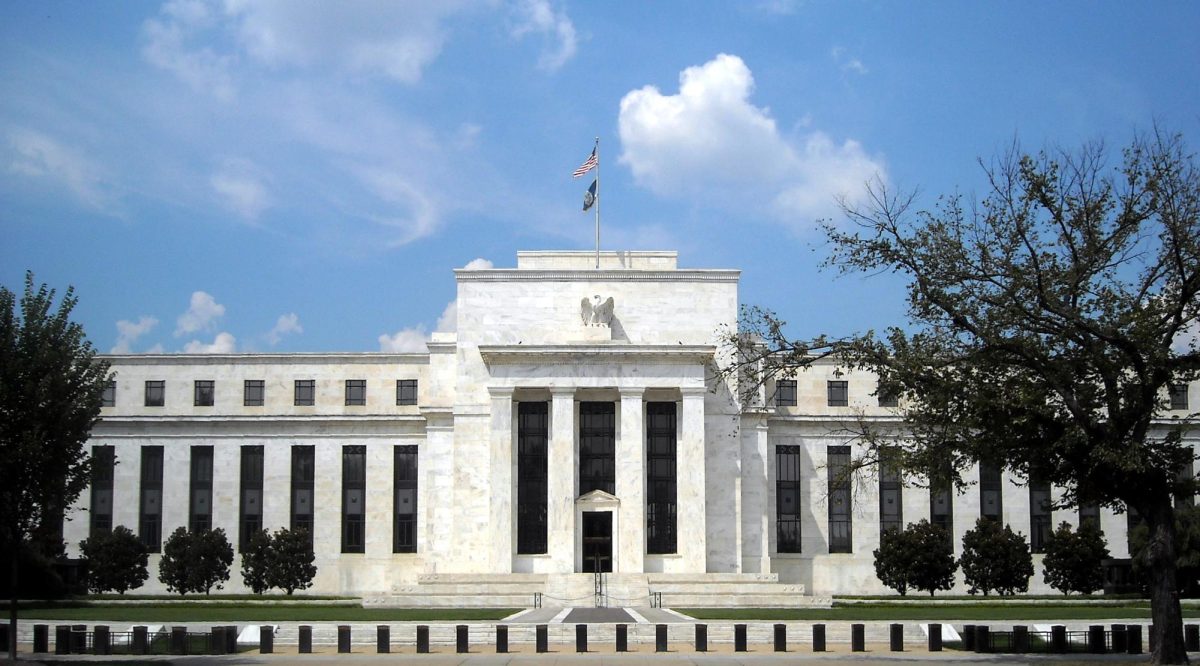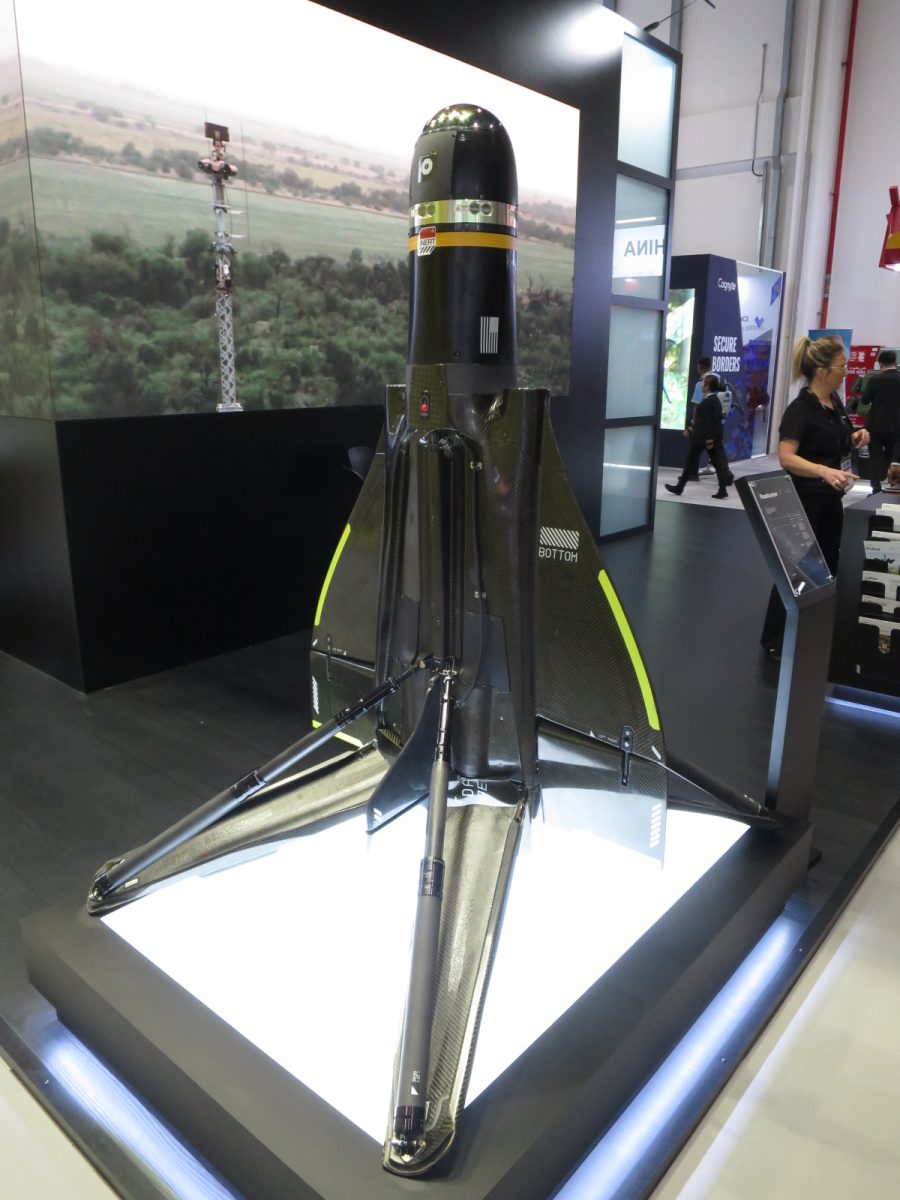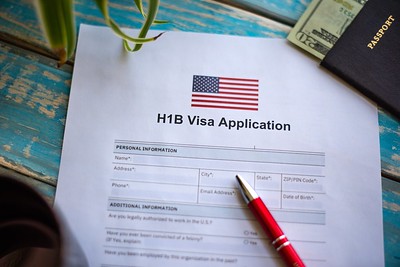A plan for the creation of a street car connecting Brooklyn and Queens has led to controversy over the $2.7 billion deal. The Brooklyn-Queens Connector, BQX, will span 11 miles, connecting Astoria and Red Hook. The trolley is set to be completed in 2029, and is expected to draw 50,000 daily riders during its first year in operation.
The plan, which was first announced in 2016, seemed unlikely to be implemented, due to questions of the system’s worth to the city.
An estimated $1.4 billion of the cost will be covered through a process called “value capture,” though it remains unclear from where the city will get the rest of the money needed to complete the project.
In the same year, Mayor Bill de Blasio released revised plans raising the projected cost from $2.5 billion and removing part of the line in Sunset Park, Brooklyn, due to low rider projections. De Blasio also revealed that the streetcar would need around $1 billion in federal funding.
The New York City Economic Development Corporation recently approved a contract with a consultant to oversee the environmental review process for the BQX. Land-use and planning consulting firm VHB will do the required environmental impact study and file an application for Uniform Land Use Review Procedure.
The environmental review is expected to be completed in the spring of 2020, allowing for land-use review to be finished by the end of 2021, which is the next step in the process.
The new transit option has been a point of controversy, raising concerns about areas involved in the new system becoming gentrified and concerns that it may cause housing prices in these areas to increase.
People also worry that the BQX will disrupt the popular and crowded neighborhoods along the East River.
“It will cut my commuting time and save me gas money. I think it will be great for the neighborhoods along the trolley too,” said Baruch sophomore Morriss Ashear.
Last year, de Blasio, who is the frontliner of this project, claimed that the development and implementation of the trolley could generate $30 billion in economic impact.
Currently, there is only one train that runs between Brooklyn and Queens.
The construction of this trolley is expected to mitigate congestion and commute times, as well as strengthen the communities on the waterfront on which the trolley will run. The trolley is planned to run on a dedicated lane in order to avoid creating more traffic.


